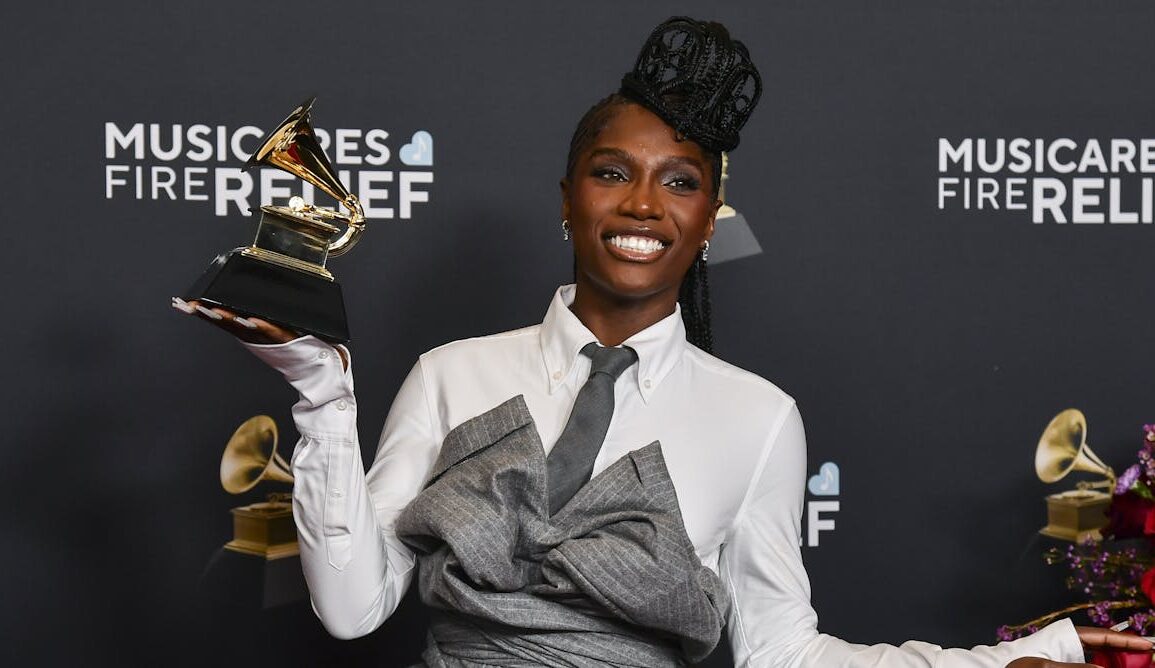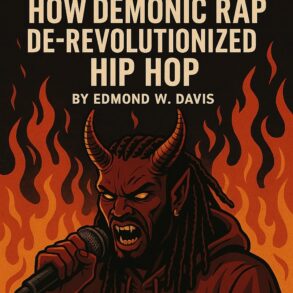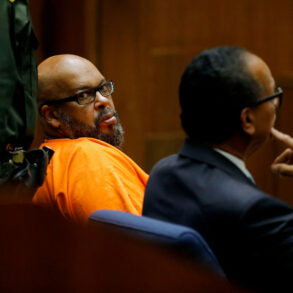American rapper Doechii turned heads on the Grammy Awards red carpet on Feb. 2 in a striking Thom Browne ensemble: an off-the-shoulder corset suit dress with exaggerated hips, paired with a crisp white shirt and grey tie.
The look was both classic and undeniably subversive — a fitting image for the transformation of the fashion world since the early 2000s. Not too long ago, the idea of a rap artist spotlighting a luxury tailor’s creation would have seemed jarring.
Streetwear and high fashion once lived in separate worlds. Luxury brands sold exclusivity; haute couture, hand-stitched gowns and fine tailoring. Streetwear, on the other hand, was about authenticity and everyday life, with deep ties to subcultures around skateboarding and hip-hop.
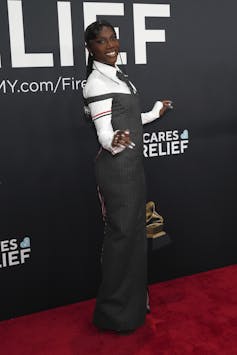
(Photo by Jordan Strauss/Invision/AP)
While designers at major high fashion houses occasionally took inspiration from street style in the 1990s and early 2000s — for instance, borrowing stylistic innovations from hip-hop and grunge — high fashion brands kept streetwear brands and designers at a distance.
When Harlem designer Daniel R. Day — better known as Dapper Dan — repurposed Louis Vuitton and Gucci prints into custom streetwear pieces in the late 1980s, luxury labels sued him out of business. When Supreme used Louis Vuitton’s monogram on its skateboards in 2000, the fashion house hit them with a cease-and-desist order.
Yet, Doechii’s four custom Thom Browne looks for the Grammys highlight how close hip-hop culture and high fashion now are.
The birth of luxury streetwear
The clear divide between streetwear and luxury fashion didn’t happen by accident. In the early 2010s, designers such as Virgil Abloh, Jerry Lorenzo and Shayne Oliver bridged the gap between streetwear and high fashion by pioneering what came to be known as “luxury streetwear.”
This emerging style blended streetwear staples with luxury fashion production, values and beliefs. Designers crafted hoodies in Italy, integrated sneakers and tees into showstopping runway presentations. Like high fashion houses, they anchored their collections around artists and elevated conceptual work, transforming streetwear-inspired design into an art form.
By mixing streetwear’s authenticity with high fashion exclusivity, brands like Fear of God, Hood by Air and Off-White gained the respect of luxury consumers and critics alike while retaining street culture’s cool factor.
High fashion embraces streetwear
By the mid-2010s, the same high-fashion elite that once kept streetwear at a distance began to see its commercial and cultural potential. Major fashion houses like Burberry and Dior experimented with limited-edition collaborations with streetwear designers, borrowing not just an aesthetic but also distribution tactics like “drops” — a limited, time-sensitive product release by fashion brands.
The luxury streetwear shift came full circle when Gucci collaborated with Dapper Dan and when Louis Vuitton joined forces with Supreme in 2017. These collections sold out in hours and also served to draw in younger consumers initially uninterested by high fashion.
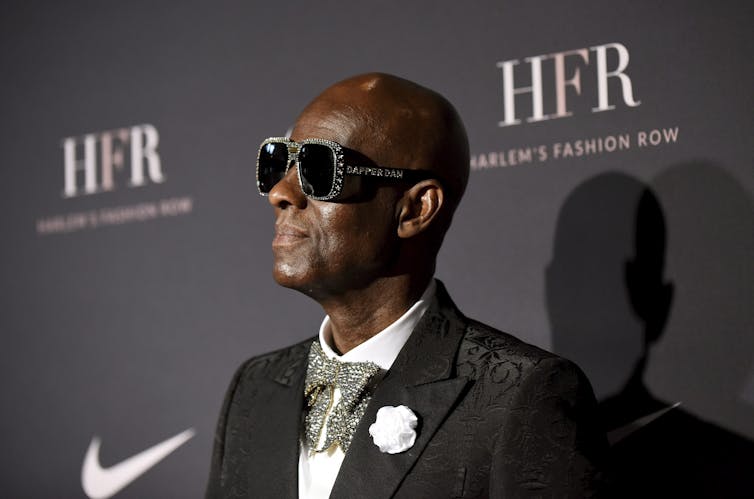
(AP Photo/Diane Bondareff)
Leading fashion houses started hiring luxury streetwear designers in top creative positions and, in some cases, acquiring established luxury streetwear brands.
This strategy not only refreshed their brand image, but also expanded their appeal to new audiences. It reflected a broader culture shift where luxury is increasingly characterized by authenticity, shared community and pop culture relevance, rather than old-money status signals.
These shifts opened the door for artists and figures from hip-hop and adjacent creative fields to take on prominent roles. Artists Rihanna, Frank Ocean and Kendrick Lamar have fronted high fashion campaigns, and rappers like A$AP Rocky and Travis Scott have walked the runway for high fashion houses and worked on high fashion collections, leading critics to claim that “rappers are fashion’s new royalty.”
Doechii’s watershed moment
The influence of streetwear on luxury was on full display at this year’s Grammys. When Doechii accepted her groundbreaking award — becoming only the third female artist to earn a Grammy for Best Rap Album — she wore another Thom Browne creation: a cropped, short-sleeved grey jacket with a tie, paired with dramatically structured and tiered balloon pants.
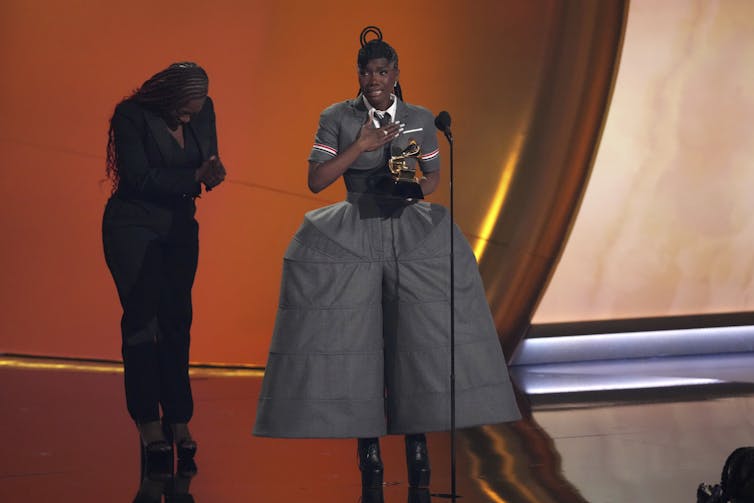
(AP Photo/Chris Pizzello)
Once considered an unlikely pairing, Doechii’s choice of a luxury label famed for its avant-garde suits reflected the dismantling of a boundary long separating high fashion from hip-hop culture.
During her acceptance speech, Doechii addressed tearing down another boundary:
“So many Black women out there that are watching me right now and I want to tell you … Don’t allow anybody to project any stereotypes on you, that tell you that you can’t be here, that you’re too dark or that you’re not smart enough or that you’re too dramatic or you’re too loud. You are exactly who you need to be, to be right where you are, and I am a testimony.”
Her fashion choice and her message ran in parallel: just as her Thom Browne looks reflected a broader cultural shift, one in which a once-marginalized culture has claimed space at the pinnacle of luxury, her words underscored the continued need to break down societal barriers that have sidelined Black women.
Tensions behind the scenes
Despite the celebratory tone surrounding luxury’s embrace of streetwear, deeper tensions persist behind the scenes. The key question is not just about influence but about who wields control and reaps the financial benefits.
Rather than merely adopting streetwear’s aesthetics, high fashion has strategically absorbed it, spotlighting select designers to project an image of inclusivity while ensuring that the status hierarchy remains intact.
This process offers genuine opportunities for a few, but ultimately reinforces existing power dynamics, allowing luxury brands to appear progressive while maintaining their dominance and capturing the value created by the less powerful.
As the fashion industry evolves, it must address issues of cultural appropriation and elite capture to and ensure that the voices behind these influential styles receive due recognition and compensation.
But for consumers on the outside looking in, Doechii’s Grammys moment illustrates a power shift. High fashion, once sealed-off and hierarchical, has become more open, fluid and reflective of diverse backgrounds and artistic visions.
This post was originally published on this site be sure to check out more of their content.



